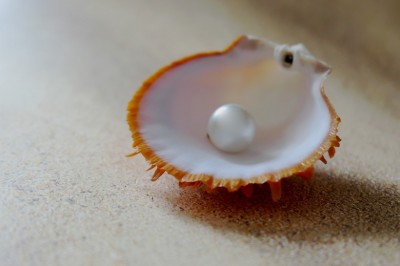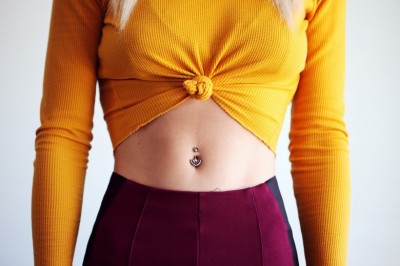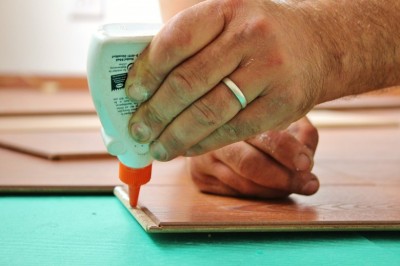Avoiding Problems With Your First Navel Piercing
Body piercing has been a part of many cultures for thousands of years playing an essential part in religious and initiation ceremonies. Western culture is not quite as traditional in where cultural influences are taken and belly button piercing can be traced to Hollywood movies as the source of the trend. Navel piercing is a relatively safe thing to do, although there are precautions to take and health risks of which to be aware. It only takes a few precautions to be made to avoid problems following a navel piercing to avoid discomfort, pain or infection. Navel piercing is not the kind of thing you would either do yourself or get a friend to do for you. The stomach region is a sensitive part of the body and the navel, after all, is a wound that has healed long ago. An authorized professional is the road you are highly advised to follow in getting your navel pierced. Also, navel piercing is never done with a piercing gun. If the person doing the piercing tries to do it with a piercing gun, leave immediately. Sticking a foreign object into your skin and leaving it there is going to result in some level of reaction by your body. The natural defenses will kick into action as it tries to neutralize and remove it. Its important to note that the type of navel ring you choose as your first will have a direct effect on the length of time it will take for the piercing to heal. It will also affect the chances of whether your body will reject the navel ring. Here are some options that will minimize the risks somewhat. Bioplast is a biopolymer material that is biocompatible, flexible and can be sterilized in an autoclave all of these features make it perfect as a navel ring material. The biocompatible part means that your body wont reject it as a foreign object. The flexibility of Bioplast navel rings make them a popular choice because they are more comfortable and forgiving. Steel, particularly if the steel is surgical steel, is also a lower-risk choice of material. The steel is treated with a hypo-allergenic alloy to reduce the risk of infection. The fact that the steel contains alloys can be some cause for concern and could be reason enough to dismiss them until the wound has healed. Once again, though, surgical steel can be autoclaved to ensure sterilization. Titanium is another excellent option for your first navel ring. Titanium is a particularly strong, yet lightweight metal that rarely produces an allergic response. Titanium has the highest strength-to-weight ratio of any metal, so you have a light piece of jewelry that is very unlikely to break. Because it is a pure metal it does not contain any other alloys so the risk of infection is greatly reduced. So when choosing your first, there are many reasons why you would go with a titanium navel ring. There are health risks to some degree for any type of piercing, body piercing holds added risks with more chance of infection and there are problems related particularly to navel piercing. Complaints to be aware of include infections, allergic reactions, bleeding and damage to the nerves. You also leave yourself open to more serious problems such as hepatitis, HIV or tetanus, particularly if the person doing the piercing has not taken necessary sterilization precautions. Friction from clothing with tight-fitting waistbands may delay the healing process, irritating the skin surrounding the piercing. This will account for prolonged healing times that are often experienced after the navel is pierced. As with any change to your body that could potentially bring a health risk with it, the best advice to follow is to consult your family GP. This will ensure that you are at last properly informed about what you can expect. From then on it should be a matter of practicing a sensible care regimen to keep your piercing infection-free.



























